The second-largest economy in the world is in danger of sinking—literally. Beijing, China’s capital city, is subsiding beneath millions of people’s feet, exacerbating the risk of land subsidence across the country.
The city, home to about 21 million people, is subsiding faster each year, posing a significant threat to China’s economy.
China’s Urban Areas Are Sinking
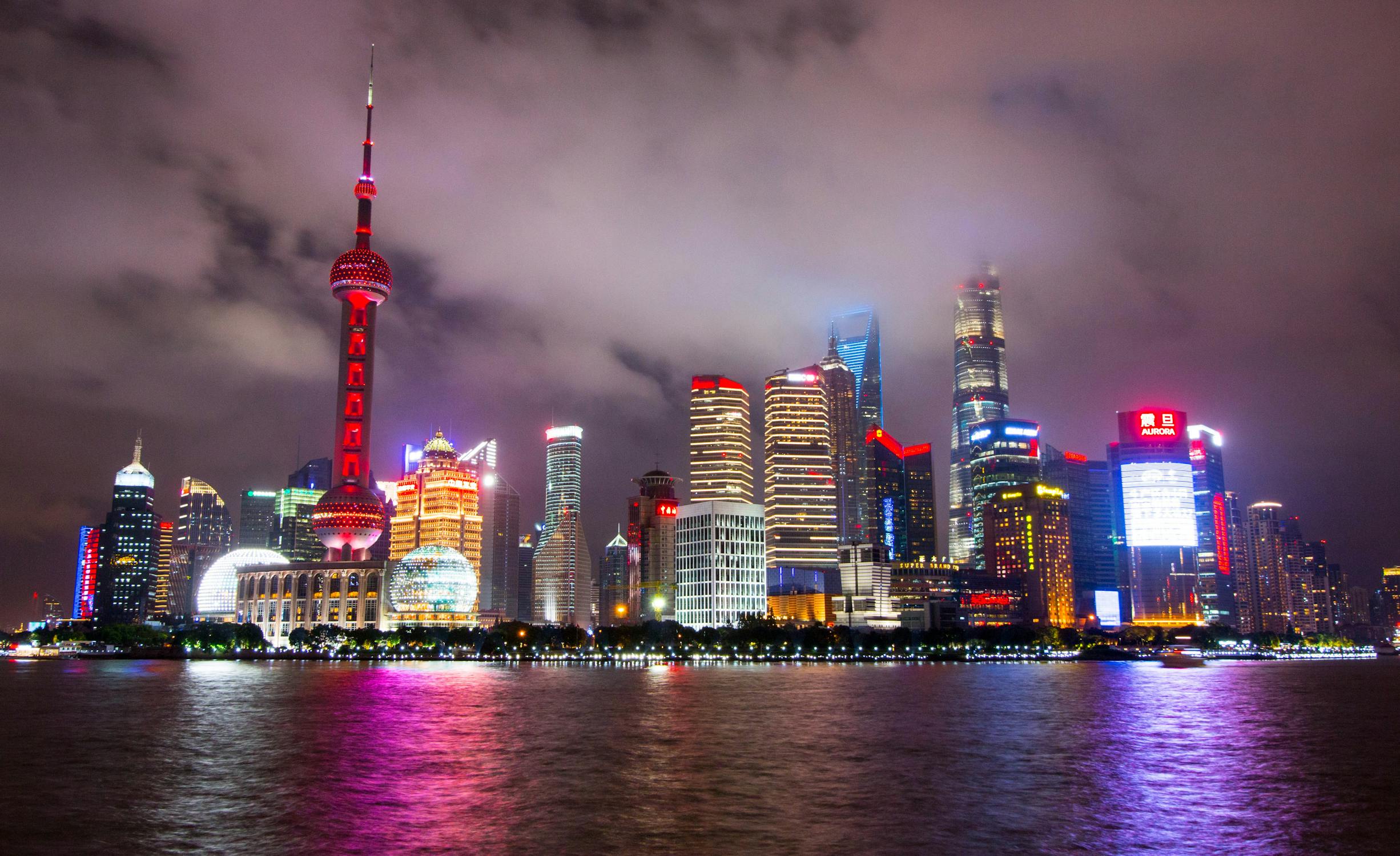
The study published in the journal Science found that nearly half of China’s urban areas, comprising 29% of the country’s population, are sinking faster than 3 millimeters (about 0.12 inches) each year.
However, some regions experience more severe effects, subsiding at a rate faster than 10 millimeters (about 0.4 inches) per year.
A Loss of $1 Billion

On average, China faces an annual loss of $1 billion due to subsidence, and predictions are that by the end of the century, 25% of its coastal land could be below sea level.
This will significantly affect China’s cities and the 900 million residents there.
The Cause of the Great Sink

Human activities such as groundwater extraction, mining, and construction often cause this gradual sinking or settling of the Earth’s surface.
In China, the issue stems directly from rampant groundwater extraction, according to researchers. Cities have been pumping water from underground aquifers faster than it can be replenished, leading to excessive pumping which lowers the water table.
The Buildings Add Pressure
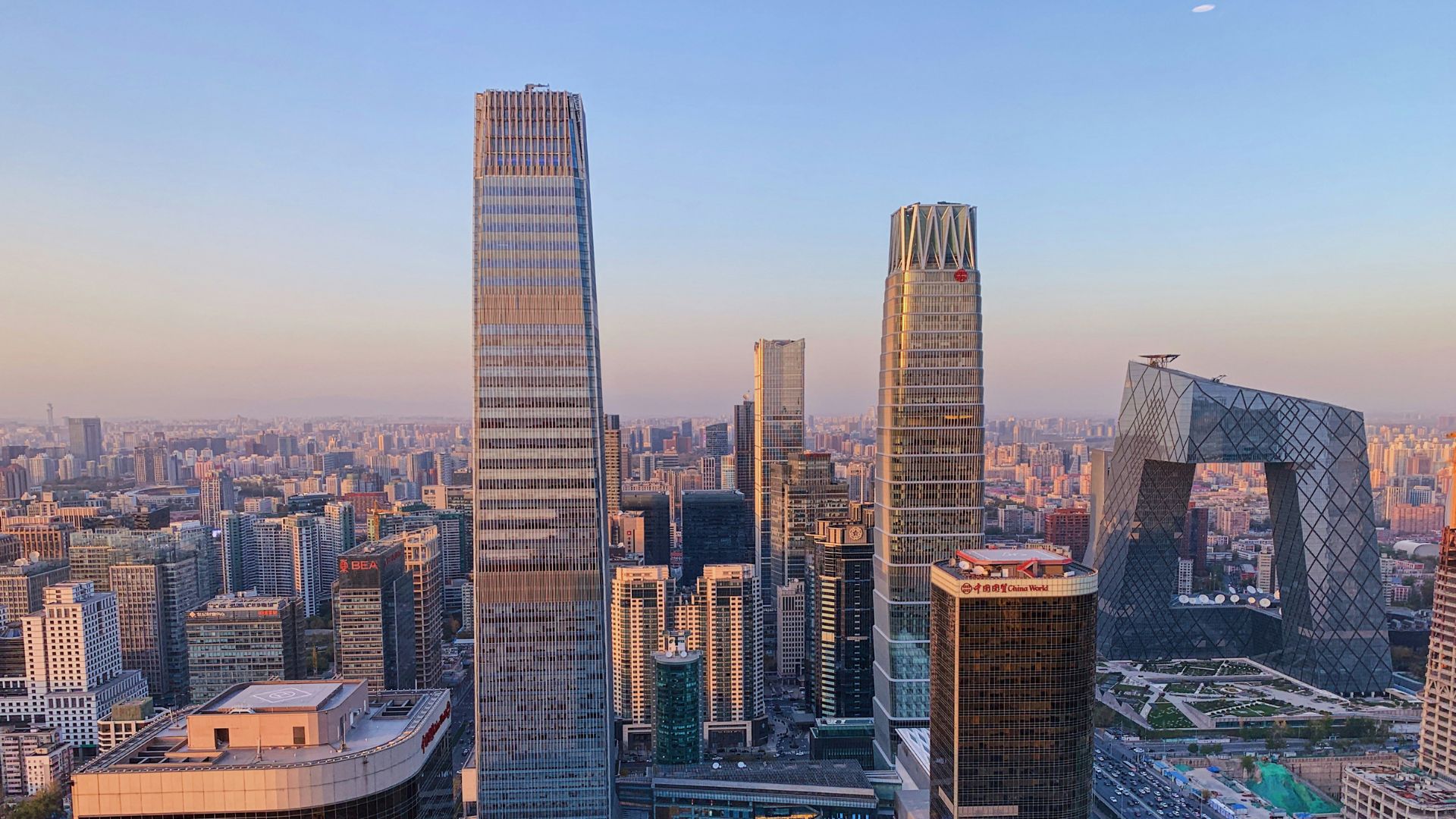
While the land is sinking due to the lowering water table, the weight of the cities is exacerbating the problem.
The heavy buildings are pressing down on the ground, and the weight of sediments accumulating over time is compacting the soil, leading the land to steadily sink.
The Affected Areas

The study also suggests that roughly a quarter of China’s coasts will be lower than sea level in the next several years because of subsidence and projected rising sea levels.
The imminent threat of colossal damage endangers millions of lives in the area. Tianjin, Shanghai, and areas around Guangzhou face significant exposure to rising sea levels and sinking land.
Beijing Isn’t the Worst Affected
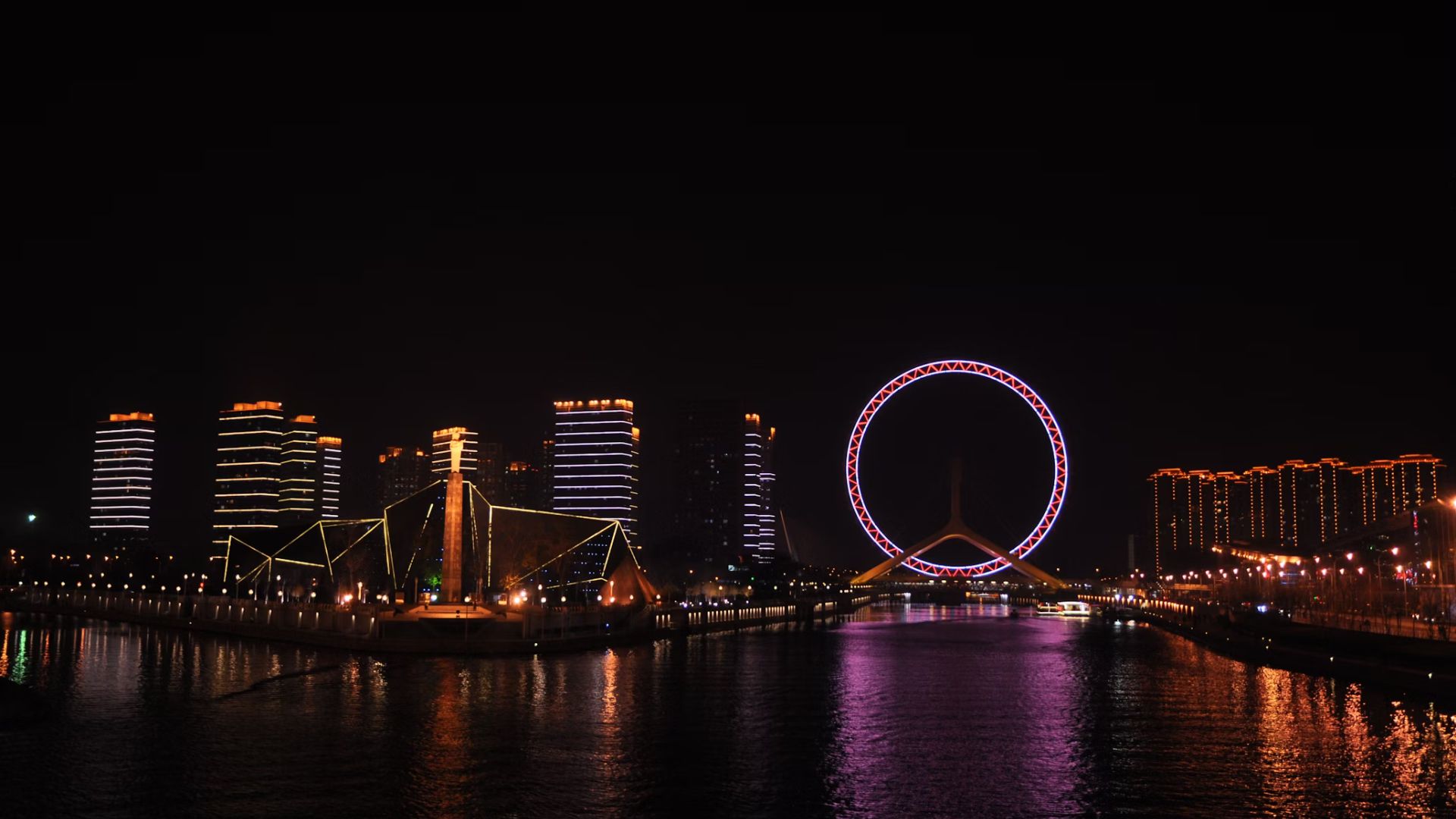
Beijing isn’t even number one on the list of Chinese cities worst affected by subsidence. The city taking the top spot is Tianjin, which is sinking at a rate of 52mm per year.
Next is Changhua at 43mm, Beijing at 37mm and Wenzhou at 34mm. Some of the lowest are Guiyang, Kunming, and Huainan, which are 14mm, 15mm, and 17mm respectively.
Subsidence Impacts the Railways
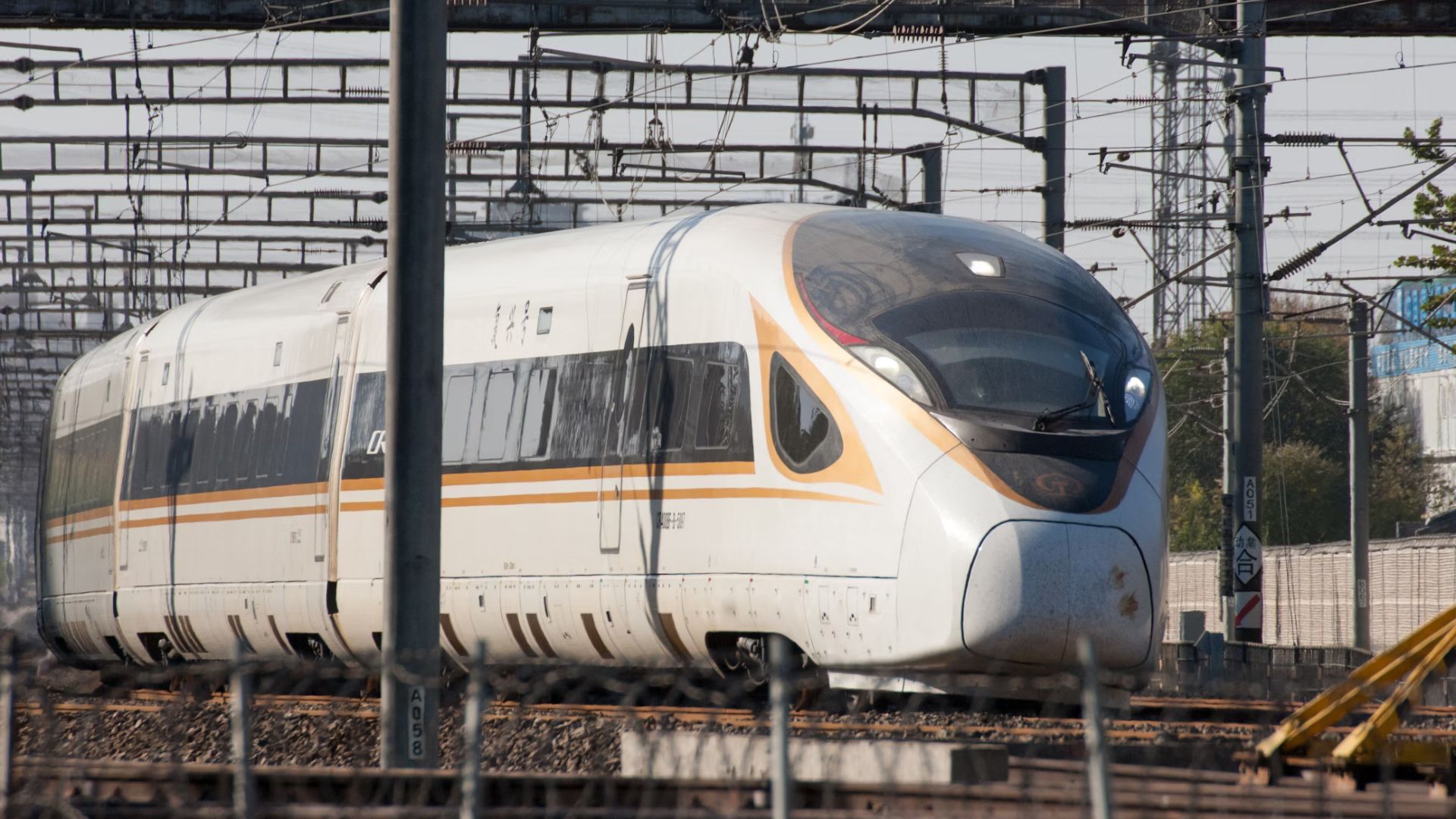
It is believed that subsidence harms critical infrastructure, such as high-speed railways.
However, the exact effects of this are currently unknown, and more research is needed in these areas to better understand them.
Predicting Future Subsidence

Measuring subsidence helps find solutions before problems arise, but more is needed to help protect future generations.
This includes considering human activities and climate change, including how these can change with time and what needs to be done to help protect these areas.
China’s Population Is Decreasing

While all of this is going on, China’s population continues to decrease. In 2023, the population decreased by 2 million since 2022 to 1.409 billion.
This is due to historically low birth rates, the economy causing demographic shifts, and youth unemployment.
China Is in a Population Doom Loop

Another issue with China’s population has caused it to be in a population doom loop. Twenty percent of the Country’s current population is over the age of 60, which is much higher than in previous years.
It has been predicted that this will increase to 25% by 2040, which means there will be further challenges to healthcare and pension systems. This could pose further issues for China’s economy.
China’s Economy Could Be in Trouble
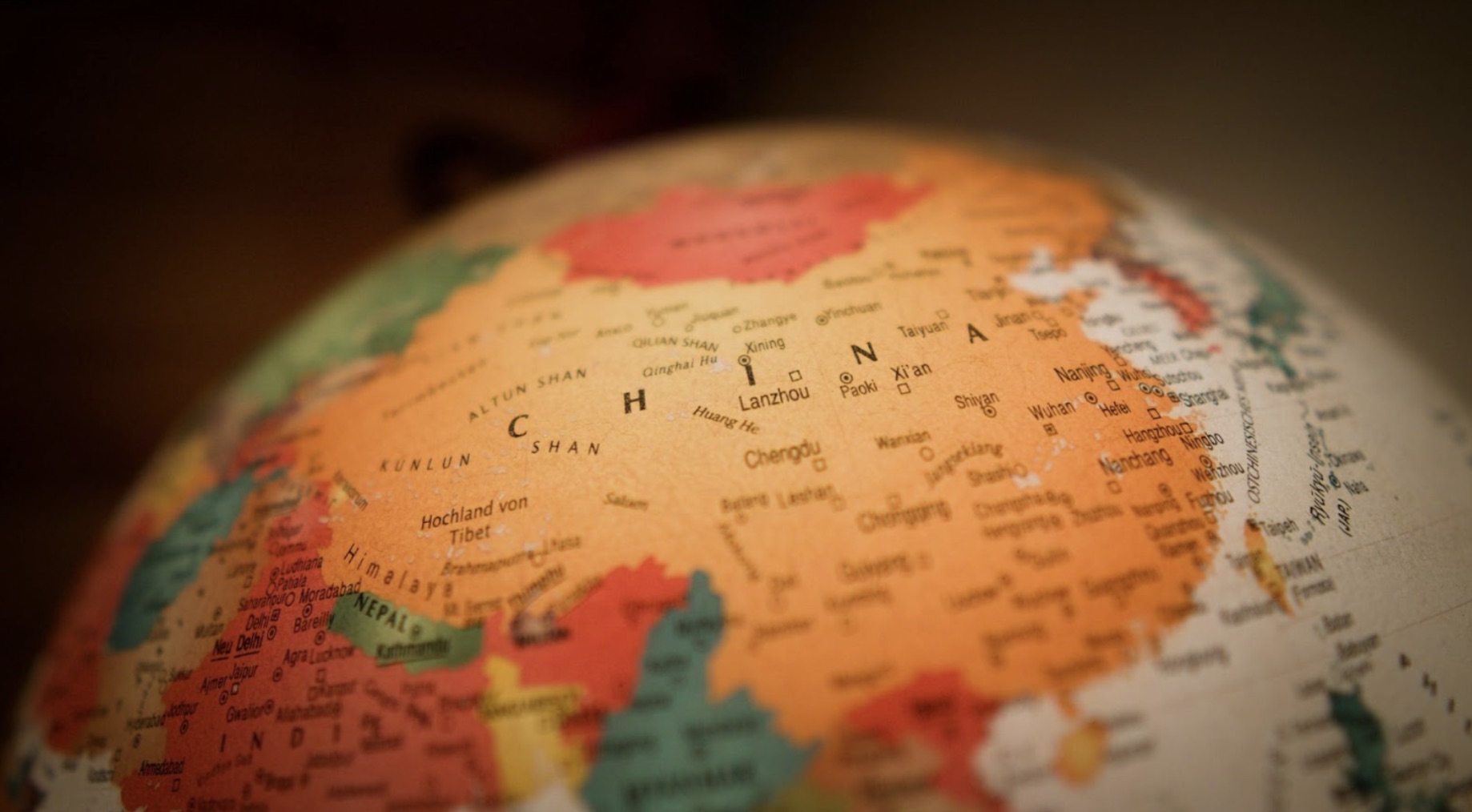
If Beijing sinks, then China could be in economic trouble. The city, which is the heart of the country’s political and economic center, hosts a diverse range of industries.
From finance, technology, and real estate to media, Beijing contributes significantly to the country’s GDP, driven by a mix of traditional industries and high-growth sectors.
The Threat of China’s Economic Lifeline
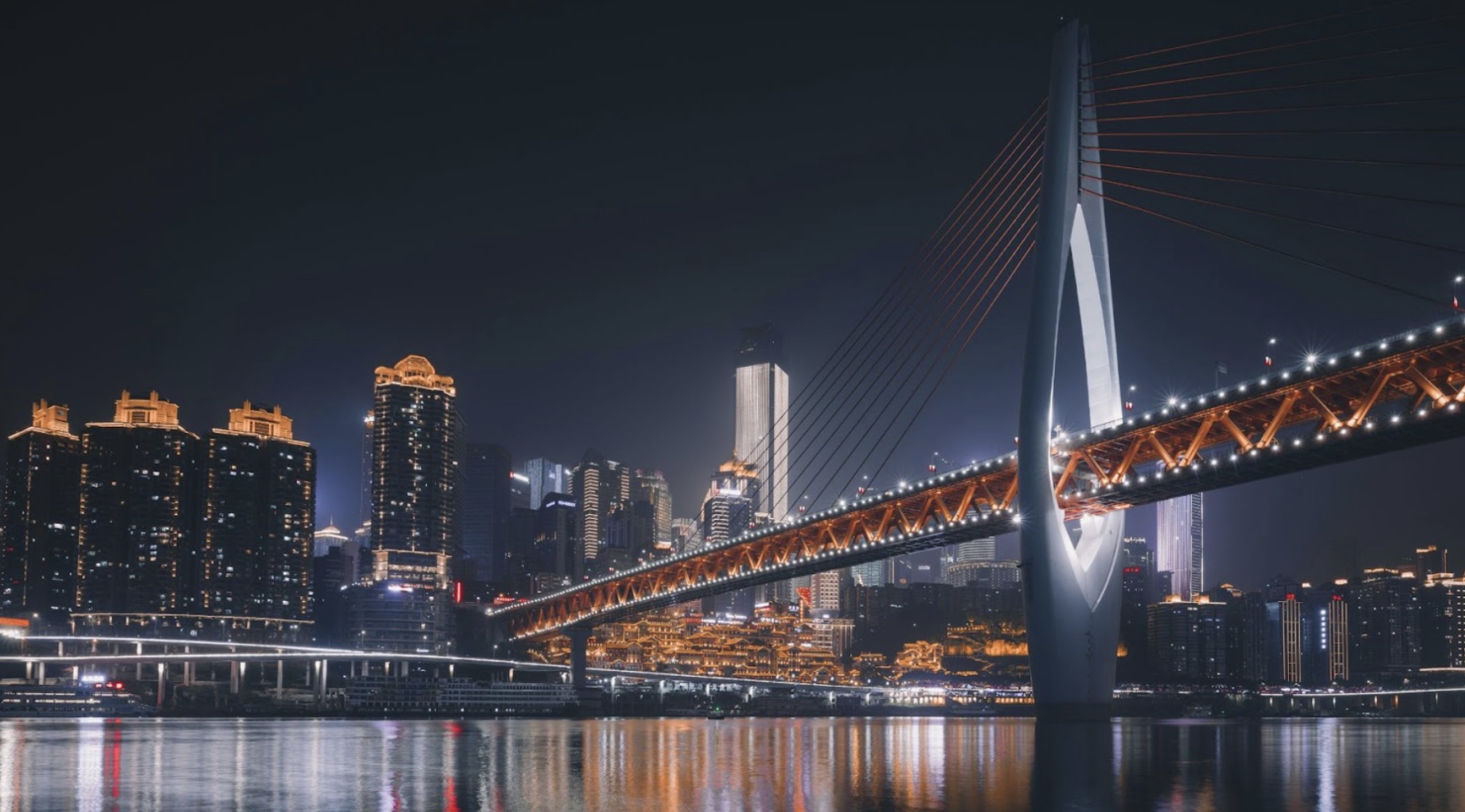
Beijing is also a major financial center, hosting the headquarters of the country’s major banks, insurance companies, and other financial institutions.
These institutions support both domestic and international financial activities and are a vital lifeline for China’s economic growth and stability.
Deeper Impacts on China’s Economy

There are ongoing debates about whether the state of China’s economy is temporary or if there are much deeper issues at play.
While China is facing many economic challenges, there are some positives. These include areas such as luxury goods and parts of manufacturing that seem to be bouncing back quicker than expected.
China Builds an “Impressive” Defense

To combat these issues, some coastal areas in China have built a physical wall of protection, but the study did not take those “impressive” dike systems (which are meters tall) into consideration.
“Such massive coastal dike systems will largely reduce the risk of being inundated even given both land subsidence and sea level rise,” Shengli Tao, co-author of the study and professor at Peking University told CNN. “I am not aware of other countries that have built such massive dike systems.”
Pausing Over-Pumping

The Chinese government is addressing the sinking issue in several ways. Strict laws to control groundwater pumping in recent years are helping the water table recover, which in turn helps prevent land subsidence.
Shanghai and surrounding areas are also limiting groundwater withdrawals, which has slowed the region’s rate of subsidence, previously significant for these cities.
A New Source of Water
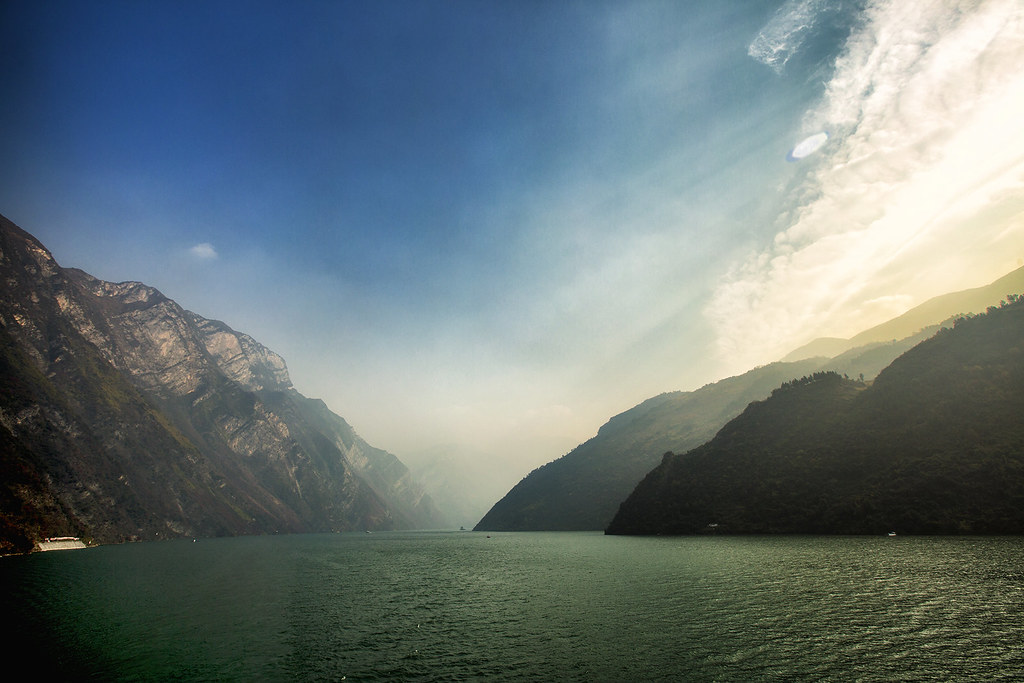
Now, China is focusing on pumping water from new sources such as the Yangtze River to alleviate water shortages in affected cities.
This ongoing project aims to reduce reliance on groundwater over-extraction. According to the study, this measure has effectively halted land subsidence in Beijing.
Controlling Ground-Water Pumping Is Key

“I believe China’s government efforts will address the issue of land subsidence,” Tao said. “But I would suggest to keep controlling groundwater withdrawals for major cities and constantly maintain dike systems in coastal lands.”
In the US, researchers and innovators are actively using AI and other technology to discover new methods for collecting drinking water in water-insecure areas.
Other Countries Are Leading the Way

Experts are saying that China needs to take note of what other countries are doing to try to reduce subsidence levels. One example given is Japan.
Two Japanese cities, Osaka and Tokyo, stopped groundwater withdrawal in the 1970s, which led to significant subsidence reduction.
Growth Needs To Slow Down
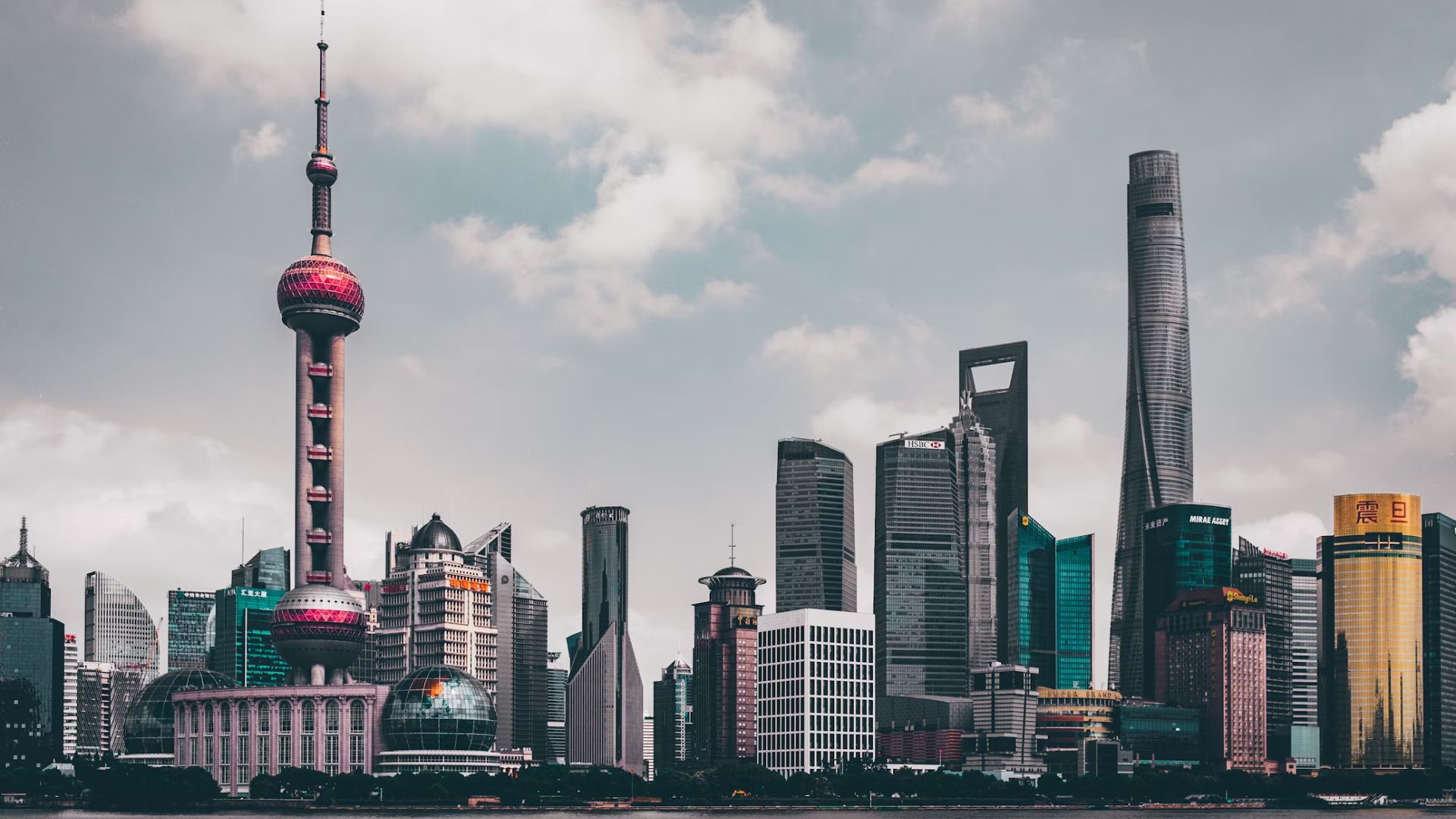
City growth is a key indicator of subsidence, which is increasing and causing urban areas to sink. Some examples of this include Beijing’s Chaoyang district, which has boomed since the 1990s, but subsidence poses a risk to buildings and other types of infrastructure.
To try and help combat this, growth in these areas needs to start slowing down so that the areas can keep up with subsidence and try to prevent themselves from sinking.
Urban Cities Are Also at Risk

Leonard Ohenhen, a doctoral researcher at Virginia Tech, informed CNN that rising sea levels and sinking land were not issues isolated to coastal communities. “Most urban cities experience land subsidence, but we focus our attention on coastal cities because of sea level rise,” Ohenhen said.
Ohenhen continued: “However most urban cities experience land subsidence at rates comparable or even greater than subsidence in coastal cities.”
45% of Urban Areas Are Sinking

The study has shown that around 45% of all urban areas worldwide are sinking. 16% of these fall at a rate of 10mm or more per year.
Around 270 million urban area residents worldwide are said to be affected by this, with 70 million experiencing 10mm or more per year.
US Cities Are Sinking

Cities in the East are not the only ones sinking; cities in the West are also prone to sinking due to subsidence. Places such as New York City, the financial capital of the world, are currently sinking.
Other affected areas include the Netherlands, where 25% of its land has sunk below sea level. Mexico City is also known as the world’s fastest-subsisting city, sinking at a rate of 50cm (20 inches) per year.
Learning From Hurricane Katrina
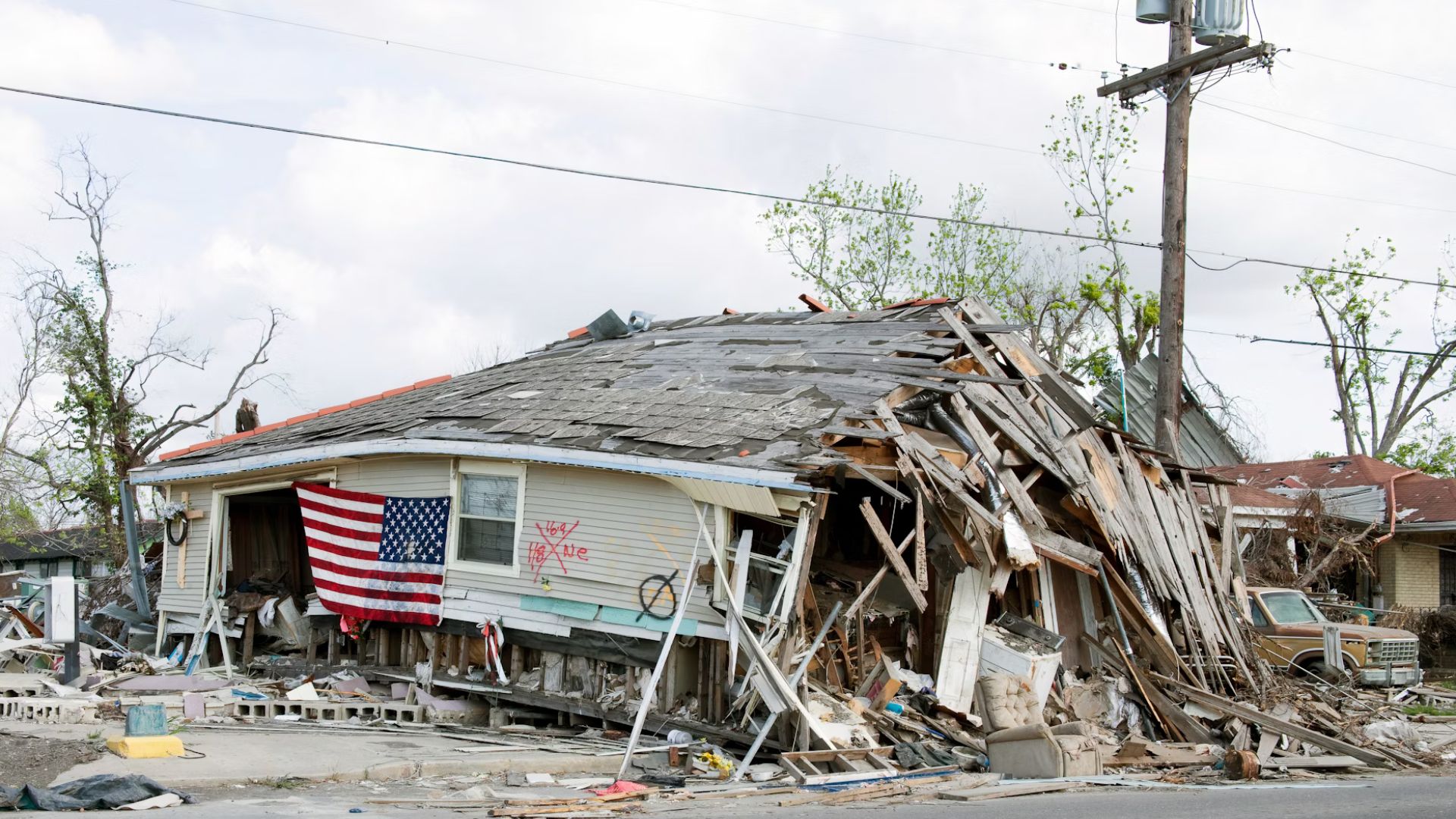
Hurricane Katrina is one of the worst natural disasters to have happened in living memory. Sinking sea defenses enabled the hurricane to bring as much devastation as it did and caused a higher death toll than it should have.
There was much to learn from this, and China should pay particular attention to it if it wants to avoid a disaster like this.
